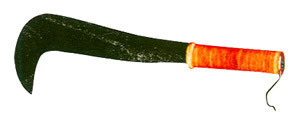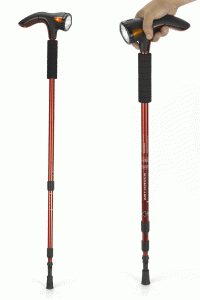Billhook Sizes
A billhook, or sometimes spelled as "bill hook", is a type of cutting tool that is quite common in the entire the world. To many people, it is a kind of traditional cutting tool or a tool that they are used to seeing. Since it is a tool that is commonly used in forestry and agriculture, it shouldn't come as a surprise for locals from different countries to recognize what this tool is for.
is a type of cutting tool that is quite common in the entire the world. To many people, it is a kind of traditional cutting tool or a tool that they are used to seeing. Since it is a tool that is commonly used in forestry and agriculture, it shouldn't come as a surprise for locals from different countries to recognize what this tool is for.
This cutting tool is so common that various people all over the world are very familiar with it. Winegrowers in Europe surely use it to trim and take care of their garden. Local farmers from India, China, Japan, and the rest of Asia have been using this tool as long as they can remember.
Billhook Sizes
Anciently, the bill hook sizes are determined by the local blacksmith. Back in the day, it was the user who would specify to the blacksmith regarding the size of this tool's blade. Nowadays, the specific design and size of this cutting tool is somewhat standardized with different manufacturing companies conforming to the said standards.
Different Types of Handles
Almost all of the handles of this tool are usually designed in what is known as the rat-tail tang. Some handles are designed to be longer than others. Other variations can also be seen on the smaller bill hooks. Such variants in design include round, pistol grip, and oval. The different handles allow users to cut according to different angles depending on the need.
The Thick Blade
You can say that the part of a billhook that makes it unique is its relatively thicker blade. This cutting tool's blade is designed with such a thick blade for ease in cutting through woody or thick vegetation. The nose of the blade is sometimes designed to be a bit thicker. This basically optimizes both the cutting and chopping action of this tool.
Regional Sizes and Designs
Since the billhook is pretty common in all parts of the world, you should expect differences in size and design according to the different regions and countries. For instance, there are already differences in design and size in the Midland and Northern sections of the UK.
For instance, the Leicester bill hook has a handle that is 15 cm in length and a blade that is 25 cm long. Its straight edge is observably shorter and its front edge is curved. Moving a bit further but still in the same region, the Yorkshire billhook has a two-handed handle. It also has a 25 cm blade.





